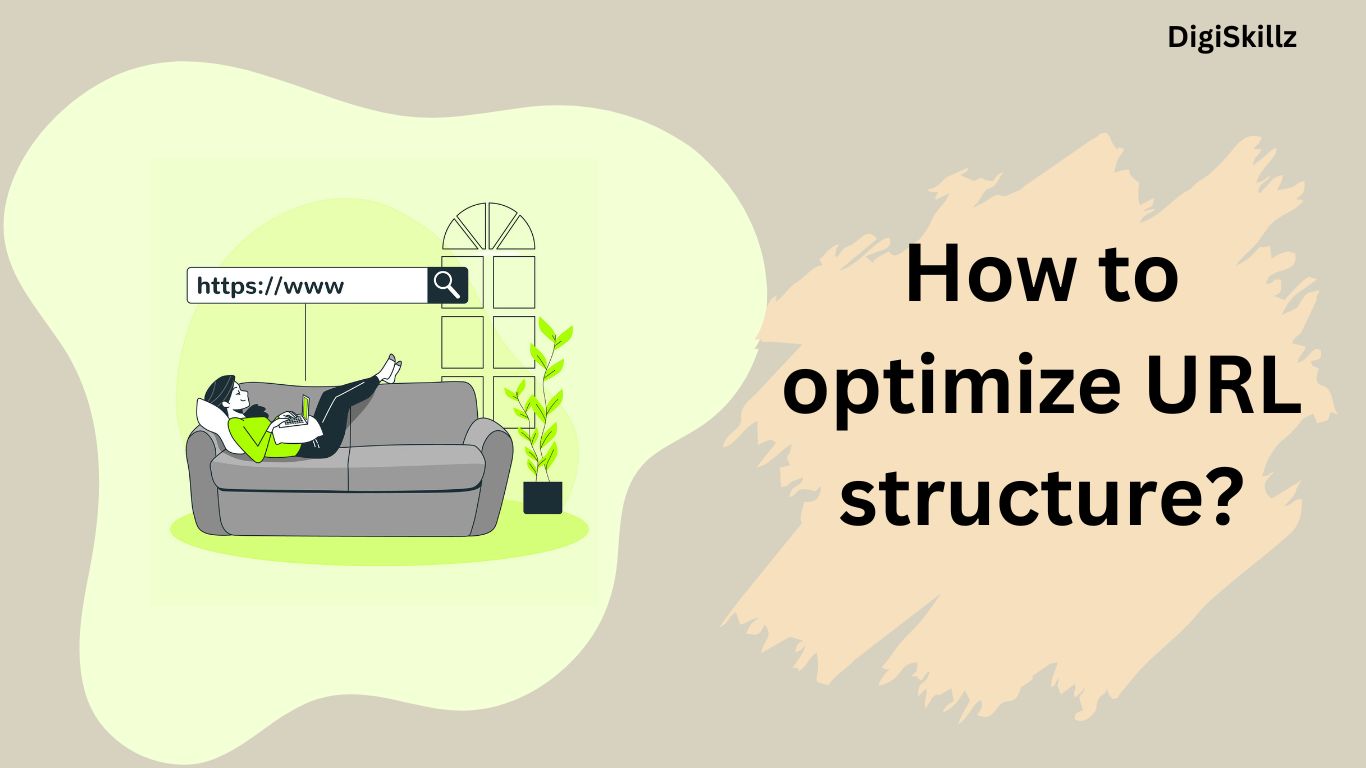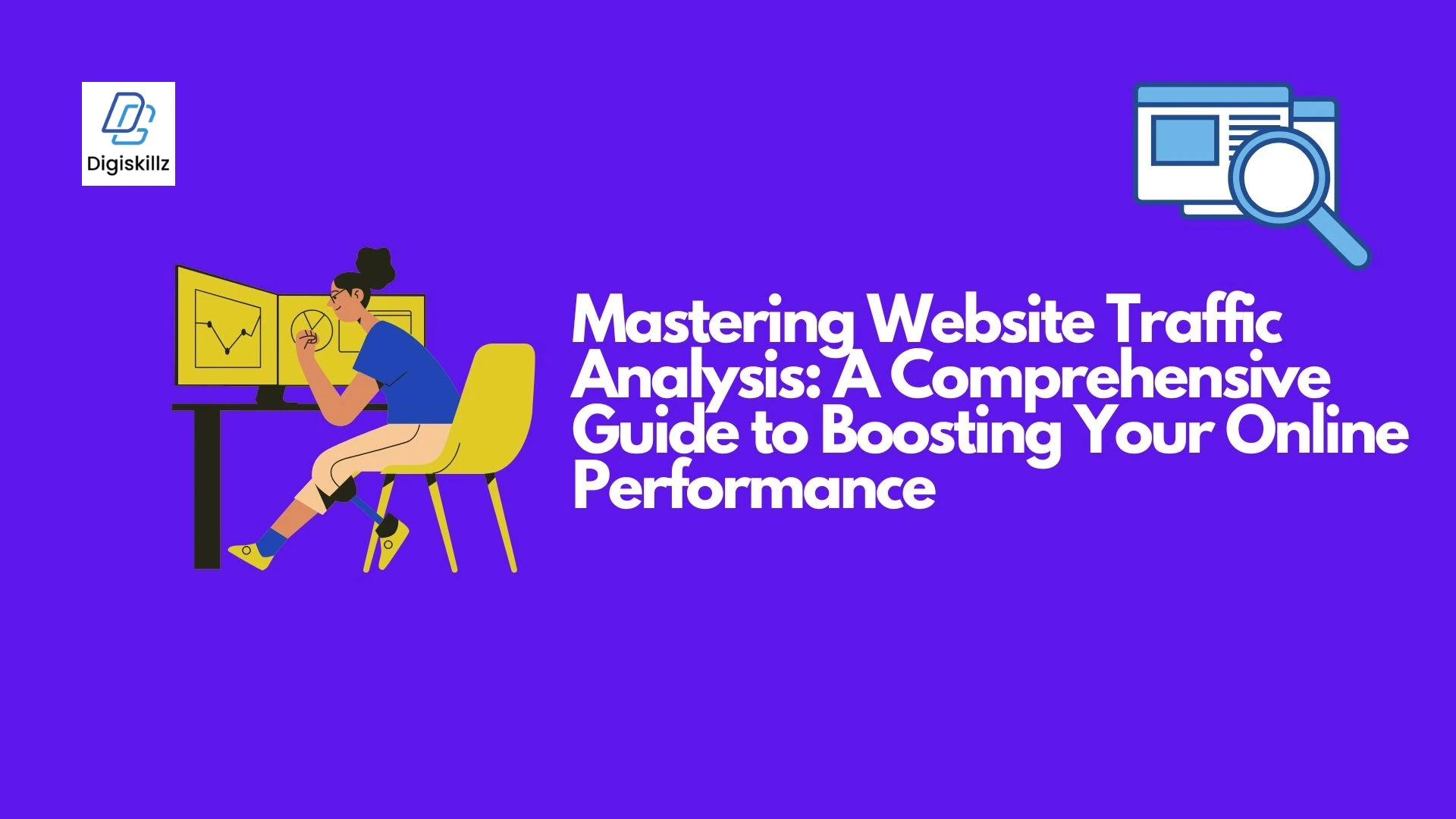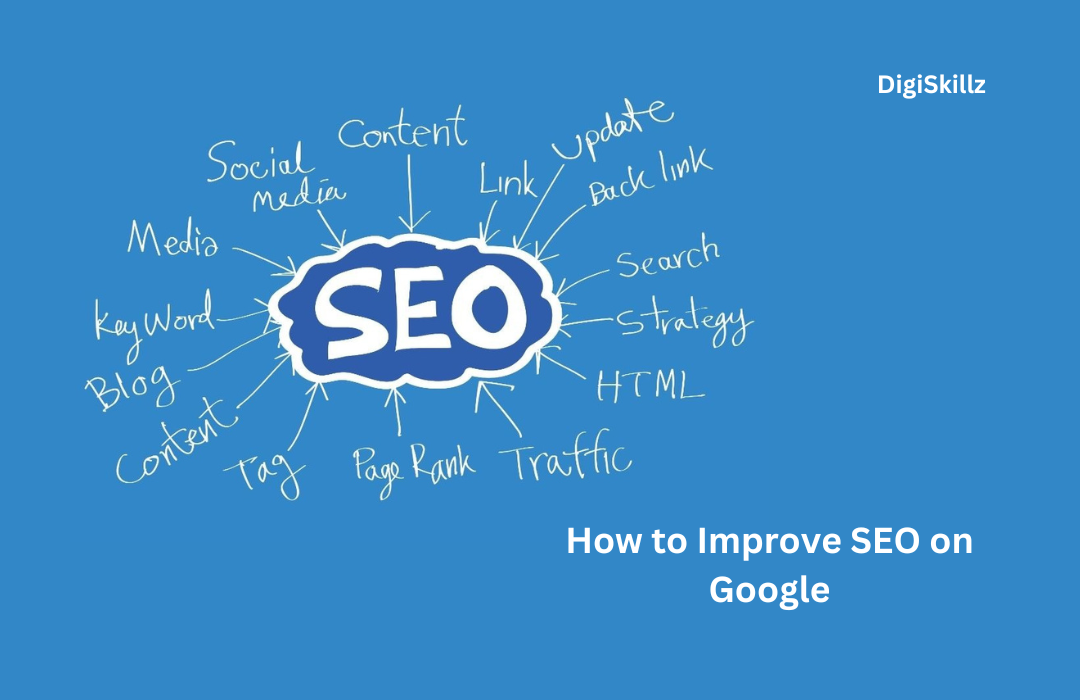In today’s digital landscape, on-page SEO is one of the most influential factors for ranking well on search engines. Whether you’re a digital marketer, a business owner, or a blogger, understanding and mastering on-page SEO can elevate your website’s visibility, driving more organic traffic and increasing your conversion rate. This guide is designed to help you become proficient in on-page SEO, covering everything from keyword optimization to technical details that can make or break your SEO efforts.
What is On-Page SEO?

Optimizing individual web pages for search engine results pages (SERPs) is called on-page SEO. It involves both content-related strategies and technical elements that work together to make a website more relevant, accessible, and user-friendly. Unlike off-page SEO, which focuses on external factors like backlinks, on-page SEO emphasizes aspects you can directly control, such as keywords, metadata, internal links, and page structure.
Mastering on-page SEO requires a careful blend of technical expertise and content creation strategies that enhance the overall user experience and satisfy search engine algorithms.
Why On-Page SEO Matters for Your Website
On-page SEO is fundamental because it tells search engines what your website is about and helps users find exactly what they’re looking for. Here’s why it matters:
- Increases Visibility: By targeting relevant keywords and structuring content effectively, on-page SEO improves the chances of your pages appearing higher in SERPs.
- Enhances User Experience: A well-optimized page is faster, mobile-friendly, and easy to navigate, keeping visitors engaged and reducing bounce rates.
- Drives Qualified Traffic: With effective on-page SEO, you attract users actively searching for the content or services you offer, increasing your chances of conversions.
Essential On-Page SEO Elements for Higher Rankings
To truly master on-page SEO, it’s crucial to focus on several elements that together create a robust SEO strategy. Let’s dive into each component and how you can optimize it for better rankings.
1. Keyword Research and Optimization

Keyword research is the cornerstone of on-page SEO. Your website’s visibility can be significantly affected by choosing the right keywords. Here’s how to approach keyword optimization:
- Identify Primary and Secondary Keywords: Primary keywords are the main terms that describe your content. Secondary keywords support the primary ones and capture additional search variations.
- Use Long-Tail Keywords: Long-tail keywords are specific, often multi-word phrases that cater to niche audiences. For example, use “Men’s affordable running shoes” instead of “shoes.”
- Strategic Keyword Placement: Incorporate keywords naturally into the page title, headings, meta description, and throughout the content to help search engines understand the page’s topic.
Keyword research tools like Google Keyword Planner, Ahrefs, and SEMrush can help you discover high-volume, low-competition keywords that boost your on-page SEO.
2. Crafting Engaging and SEO-Optimized Content
Creating valuable and engaging content is a vital part of on-page SEO. Search engines prioritize pages that provide relevant information and satisfy user intent. Here’s how to optimize your content:
- Focus on Quality Over Quantity: Instead of long, fluff-filled articles, create concise, informative, and actionable content that answers users’ questions directly.
- Use Headers and Subheaders: Organize content with headers (H1, H2, H3, etc.) to make it more digestible. Use your primary keyword in the H1 tag and secondary keywords in subsequent headers for optimal on-page SEO.
- Incorporate Visual Content: Images, infographics, and videos make content more engaging and can improve dwell time, which positively impacts SEO.
For on-page SEO, maintaining a high standard of quality content not only attracts visitors but keeps them on your page, reducing bounce rates and increasing engagement.
3. Optimizing Title Tags and Meta Descriptions
Title tags and meta descriptions are essential on-page SEO elements that appear in search results, influencing both click-through rates (CTR) and rankings. Here’s how to optimize these elements:
- Craft Compelling Title Tags: The title tag should be concise (under 60 characters), include the primary keyword, and reflect the page’s content. For instance, “Mastering On-Page SEO: Essential Tips for Higher Rankings” is a descriptive and keyword-rich title.
- Write Informative Meta Descriptions: Meta descriptions should give a brief summary of the page content. Aim to keep them between 150-160 characters, include your primary keyword, and use actionable language to encourage clicks.
Effective title tags and meta descriptions signal relevance to search engines and encourage users to visit your page, benefiting on-page SEO.
4. Optimizing URL Structure

A clean and descriptive URL structure improves user experience and is favorable for on-page SEO. Here’s how to create SEO-friendly URLs:
- Keep URLs Short and Descriptive: Instead of “yourwebsite.com/page1,” use “yourwebsite.com/on-page-seo-tips.”
- Include Keywords: Integrate primary keywords into your URLs. For example, “on-page-seo-guide” instead of “guide123.”
- Use Hyphens Instead of Underscores: Search engines interpret hyphens as spaces, making URLs with hyphens easier to read.
A well-optimized URL structure is straightforward, easy to understand, and signals the page’s relevance to both search engines and users.
5. Improving Page Load Speed
Page speed is a crucial ranking factor, and it directly impacts user experience. Slow-loading pages lead to high bounce rates, which can negatively affect your on-page SEO. Here’s how to optimize for speed:
- Compress Images: Your site’s speed can be negatively affected by large image files. To reduce image sizes without sacrificing quality use tools like TinyPNG or JPEG Optimizer.
- Minimize HTTP Requests: Reduce the number of elements on your page (such as scripts and stylesheets) to improve load times.
- Enable Browser Caching: Caching stores a version of your website on users’ devices, reducing the time it takes to load on return visits.
Using tools like Google PageSpeed Insights can help you identify specific elements slowing down your website and offer suggestions to improve on-page SEO.
6. Implementing Internal Linking Strategies
The links that connect one page of your website to another are called internal links. A strong internal linking strategy supports on-page SEO by helping users and search engines navigate your site. The following steps will help you implement internal linking effectively:
- Link to Relevant Content: Connect related pages to create a cohesive flow. For example, link a blog on “on-page SEO tips” to a guide on “keyword research.”
- Use Keyword-Rich Anchor Text: Instead of using “click here,” use descriptive anchor text like “learn more about on-page SEO” to boost keyword relevance.
- Create a Logical Structure: Organize content hierarchically, linking related pages to signal topic relevance to search engines.
By guiding users through related content, internal links help to keep them engaged longer, positively impacting on-page SEO and reducing bounce rates.
7. Enhancing Mobile Friendliness

With the rise of mobile searches, a mobile-friendly website is essential for on-page SEO. Google’s mobile-first indexing means it primarily evaluates the mobile version of your website. Here’s how to optimize for mobile:
- Use Responsive Design: Adapt your website to different screen sizes so that it looks good on any device. Responsive design improves readability and usability across devices.
- Optimize Touch Elements: Make buttons and links easy to tap without zooming or misclicks.
- Improve Page Load Speed for Mobile: Site speed is even more important for mobile users, since they are more likely to abandon slow sites.
A mobile-friendly design not only caters to a broader audience but also strengthens on-page SEO, boosting search rankings.
8. Leveraging Schema Markup for Rich Snippets
Schema markup is a form of microdata that provides search engines with additional context about your content. By using schema markup, you can potentially appear in rich snippets, which can enhance visibility and click-through rates. Schema can be used for on-page SEO in the following ways:
- Implement Basic Markup: Add schema for essential details like business address, ratings, and product descriptions.
- Use Structured Data Types: Use different types of structured data, such as Article, Product, and FAQPage, depending on your content type.
- Check for Errors with Google’s Structured Data Testing Tool: Ensure your schema markup is error-free to maximize on-page SEO effectiveness.
Rich snippets make your content stand out in SERPs, attracting more clicks and boosting on-page SEO results.
9. Analyzing and Monitoring Your On-Page SEO Performance

Once you’ve implemented your SEO strategy, it’s essential to track performance to gauge what’s working and what needs improvement. Here are key tools and metrics to use:
- Google Analytics and Search Console: Track organic traffic, bounce rates, and other engagement metrics.
- Monitor Keyword Rankings: Tools like SEMrush or Ahrefs can track keyword rankings and reveal how well your on-page SEO efforts are paying off.
- Conduct Regular SEO Audits: Audits help identify any issues that may affect rankings, such as broken links or slow-loading pages.
By continuously monitoring your on-page SEO performance, you can make informed decisions to optimize further, driving sustained growth in search rankings.
Conclusion
Mastering on-page SEO is a powerful way to improve your website’s visibility, attract qualified traffic, and boost search engine rankings. By focusing on essential elements like keyword optimization, quality content, meta tags, internal linking, and mobile-friendliness, you create a solid foundation for a high-performing website. Regular analysis and updates keep your SEO strategy aligned with the latest trends, ensuring long-term success.
With this comprehensive guide, you now have the tools and techniques to create an effective on-page SEO strategy that enhances user experience, increases your site’s relevance, and brings measurable results. Start implementing these tips today and watch as your website rises in the rankings!
Author
Mohammed Shehin : Freelance Digital Marketing Expert in Kochi
Learned from DigiSkillz Kochi











Leave A Comment